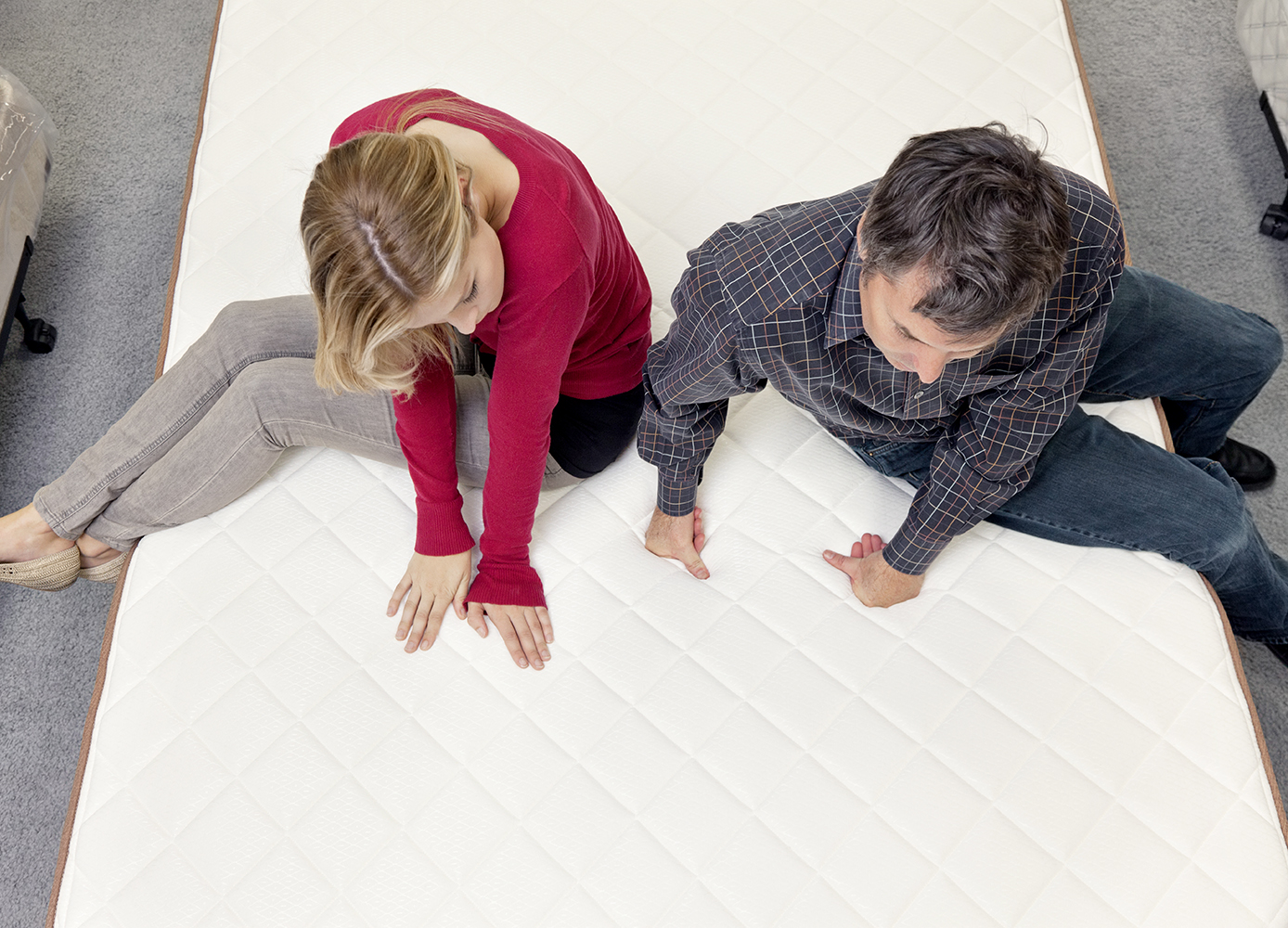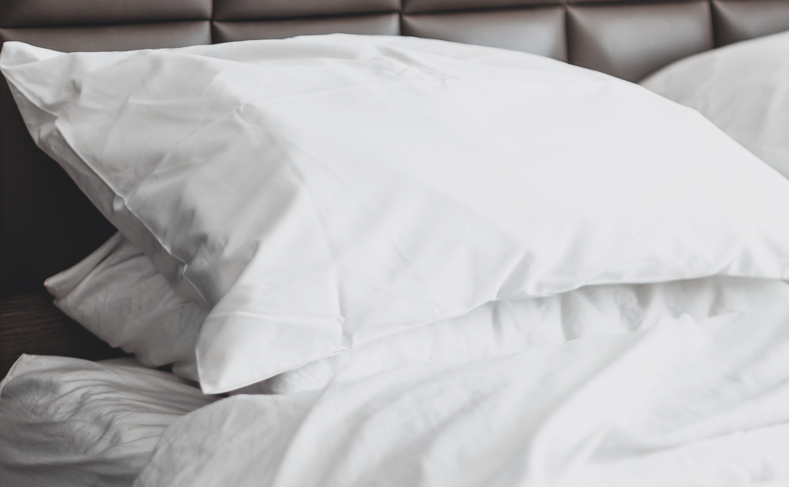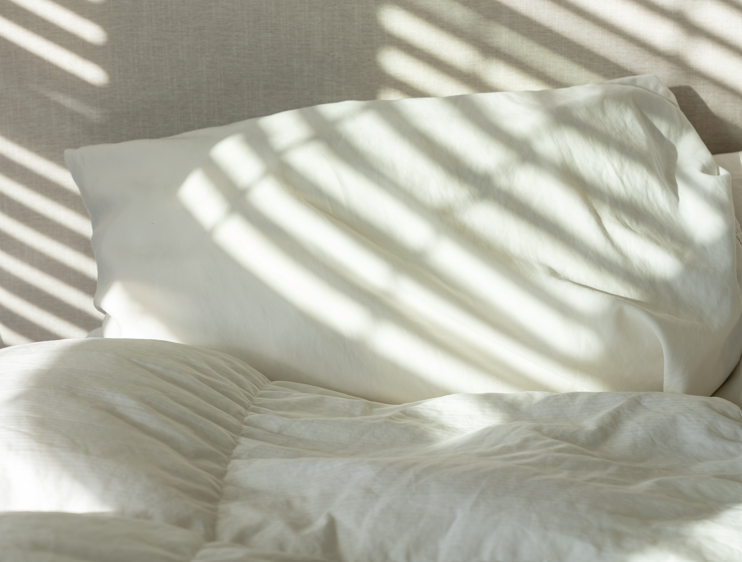Here’s what to consider when it’s time for a new bed
By Matt Smith
Everybody deserves a good night’s sleep, and it all starts with a good mattress suited to your needs and preferences.
One rule of thumb is that you should replace your mattress every seven years or so, so if yours is older than that or getting there, you may want to consider investing in a new one. If you notice sagging deep indentations in your mattress or you’re waking up with aches and pains, then the time has definitely come.
In addition to deciding on the size you want, you should think about these considerations when shopping for a new mattress:
Material
The most common types of mattress are innerspring, memory foam, latex, or a hybrid of these. Innerspring mattresses tend to be firmer but can wear out more quickly than other types. They do, however, tend to offer more consistent support throughout their lifetime. Foam mattresses are usually less firm and can begin to sag sooner than springs. Latex models tend to last the longest, but they’re usually the most expensive.
Firmness
The firmness of your mattress should suit the position in which you normally sleep:
- Soft mattresses are best suited to side sleepers, as they will confirm to the body’s natural resting position.
- Medium-firm is a better choice for those who change their sleeping position throughout the night.
- Firm mattresses are best for those who suffer back pain, as they provides extra support and help to keep the spine straight. They also tend to be the mattresses of choice for stomach sleepers.
Temperature
Depending on their construction, some beds sleep hotter than others. Because they have a solid core, foam mattresses tend to trap heat more than innerspring types, which allow for better airflow. Latex falls somewhere in the middle—they have a solid core but the material usually breathes better than foam.
Edge support
Some mattresses are more prone to sagging around the edges than others. Foam and latex models lack the support of innerspring mattresses, so they tend to compress more around the edges, providing less support for when you get into and out of bed.
Noisiness
Innerspring and hybrid mattresses can be quite noisy, especially as they age. This may be an issue especially if you or your partner tend to move around a lot during sleep. Foam and latex mattresses can be virtually silent.
Photo: iStock/IPGGutenbergUKLtd.






